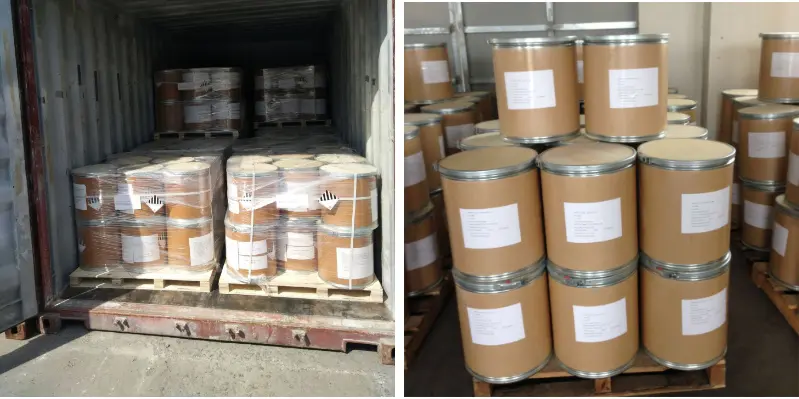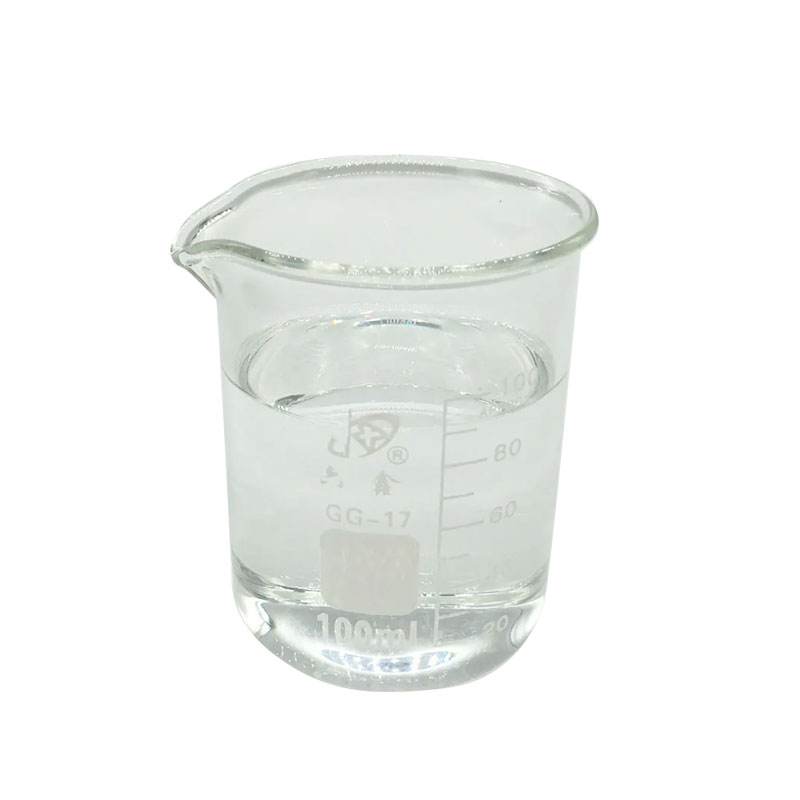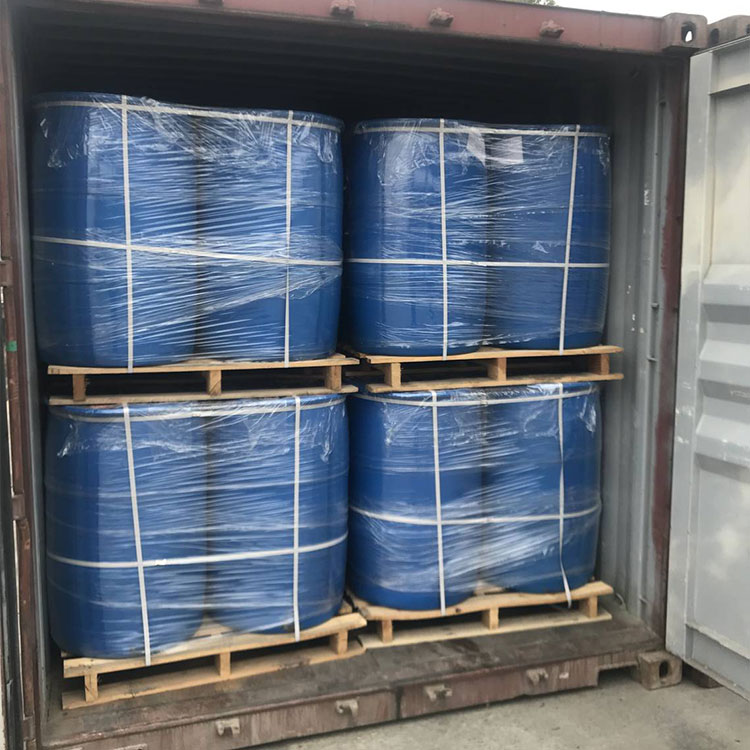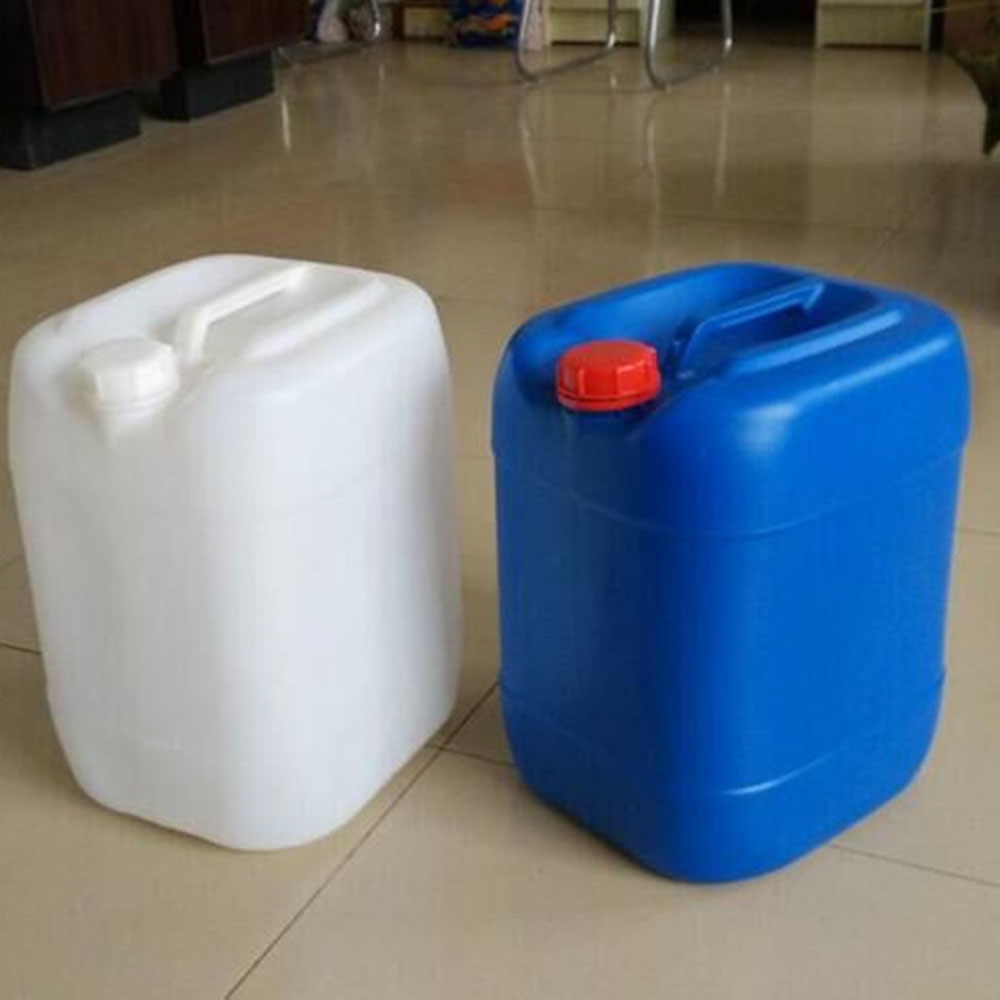Formic Acid CAS#64-18-6
Formic Acid CAS#64-18-6 Promotion Season Now in Store and Free Sample for Testing with Factory Price
Chemical Name:Formic Acid
CAS No.:64-18-6
Molecular Formula:CH2O2
Molecular weight:46.03
Sample: Available
Mode of Transportation
1. By Air, fast but expensive.
2. By Sea, usual and economy.
3. By Train, suit for middle Asia countries.
4. By Express, suit for small package.
We only provide highest quality goods available, accompanied by after support!
Formic acid (HCO2H), additionally known as methanoic acid, is the easiest carboxylic acid. Formic acid was once first remoted through the distillation of ant our bodies and was once named after the Latin formica, which means “ant.” Its suitable IUPAC title is now methanoic acid. Industrially, formic acid is produced by way of cure of carbon monoxide with an alcohol such as methanol (methyl alcohol) in the presence of a catalyst.
Formic acid is determined each naturally going on and regularly synthesized in laboratories. It is most naturally observed in the stings and bites of many insec
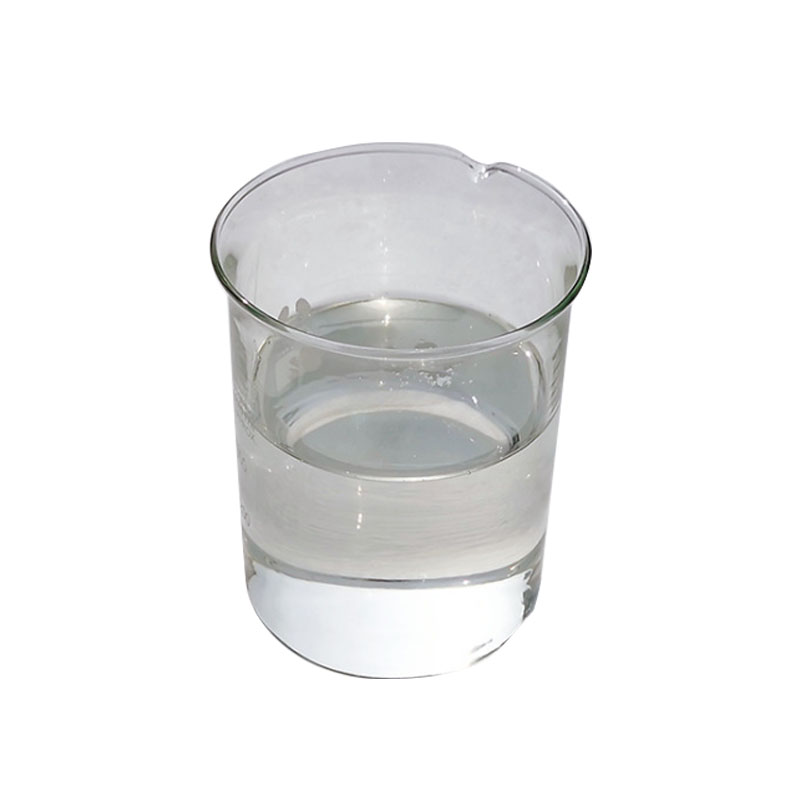
Formic acid Chemical Properties |
Melting point | 8.2-8.4 °C (lit.) |
Boiling point | 100-101 °C (lit.) |
density | 1.22 g/mL at 25 °C (lit.) |
vapor density | 1.03 (vs air) |
vapor pressure | 52 mm Hg ( 37 °C) |
refractive index | n |
FEMA | 2487 | FORMIC ACID |
Fp | 133 °F |
storage temp. | 2-8°C |
solubility | H2O: soluble1g/10 mL, clear, colorless |
pka | 3.75(at 20℃) |
form | Liquid |
Specific Gravity | 1.216 (20℃/20℃) |
color | APHA: ≤15 |
PH | 3.47(1 mM solution);2.91(10 mM solution);2.38(100 mM solution); |
Odor | at 0.10 % in water. pungent vinegar formyl |
Odor Type | acetic |
explosive limit | 12-38%(V) |
Water Solubility | MISCIBLE |
Sensitive | Hygroscopic |
λmax | λ: 260 nm Amax: 0.03 |
Merck | 14,4241 |
JECFA Number | 79 |
BRN | 1209246 |
Henry's Law Constant | At 25 °C: 95.2, 75.1, 39.3, 10.7, and 3.17 at pH values of 1.35, 3.09, 4.05, 4.99, and 6.21, respectively (Hakuta et al., 1977) |
Dielectric constant | 58.0(16℃) |
Exposure limits | TLV-TWA 5 ppm (~9 mg/m3) (ACGIH, MSHA, OSHA, and NIOSH); IDLH 100 ppm (180 mg/m3) (NIOSH). |
Stability: | Stable. Substances to be avoided include strong bases, strong oxidizing agents and powdered metals, furfuryl alcohol. Combustible. Hygroscopic. Pressure may build up in tightly closed bottles, so bottles should be opened carefully and vented periodically. |
InChIKey | BDAGIHXWWSANSR-UHFFFAOYSA-N |
LogP | -0.540 |
CAS DataBase Reference | 64-18-6(CAS DataBase Reference) |
NIST Chemistry Reference | Formic acid(64-18-6) |
EPA Substance Registry System | Formic acid (64-18-6) |
Safety Information |
Hazard Codes | T,C,Xi |
Risk Statements | 23/24/25-34-40-43-35-36/38-10 |
Safety Statements | 36/37-45-26-23-36/37/39 |
RIDADR | UN 1198 3/PG 3 |
OEB | B |
OEL | TWA: 5 ppm (9 mg/m3) |
WGK Germany | 2 |
RTECS | LP8925000 |
F | 10 |
Autoignition Temperature | 1004 °F |
TSCA | Yes |
HazardClass | 8 |
PackingGroup | II |
HS Code | 29151100 |
Hazardous Substances Data | 64-18-6(Hazardous Substances Data) |
Toxicity | LD50 in mice (mg/kg): 1100 orally; 145 i.v. (Malorny) |
IDLA | 30 ppm |
Product Usage
Formic acid has a quantity of industrial uses. It is used in the leather-based enterprise to degreaseand do away with hair from hides and as an ingredient in tanning formulations. It is used as alatex coagulant in herbal rubber production. Formic acid and its formulations are used aspreservatives of silage. It is in particular valued in Europe the place legal guidelines require the use of naturalantibacterial marketers as a substitute than artificial antibiotics. Silage is fermented grass and vegetation thatare saved in silos and used for wintry weather feed. Silage is produced all through anaerobic fermentationwhen micro organism produce acids that decrease the pH, stopping in addition bacterial action. Acetic acidand lactic acid are the favored acids throughout silage fermentation. Formic acid is used in silageprocessing to limit undesirable micro organism and mould growth. Formic acid reduces Clostridiabacteria that would produce butyric acid inflicting spoilage. In addition to stopping silagespoilage, formic acid helps hold protein content, improves compaction, and preservessugar content. Formic acid is used as a miticide by using beekeepers.
Factory and Equipment Show
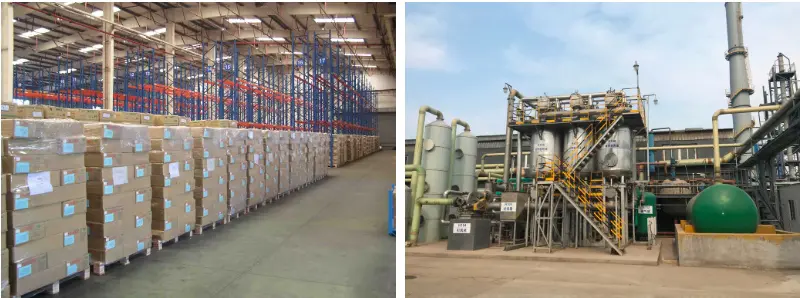
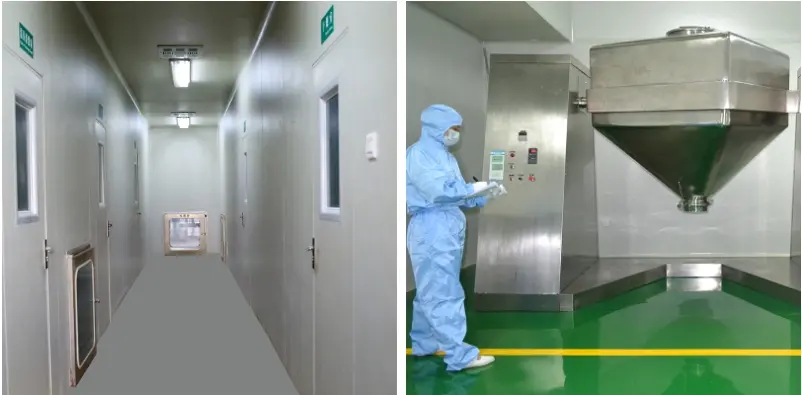
Fast transport time
Inventory 2-3 working days New manufacturing 7-10 working days
